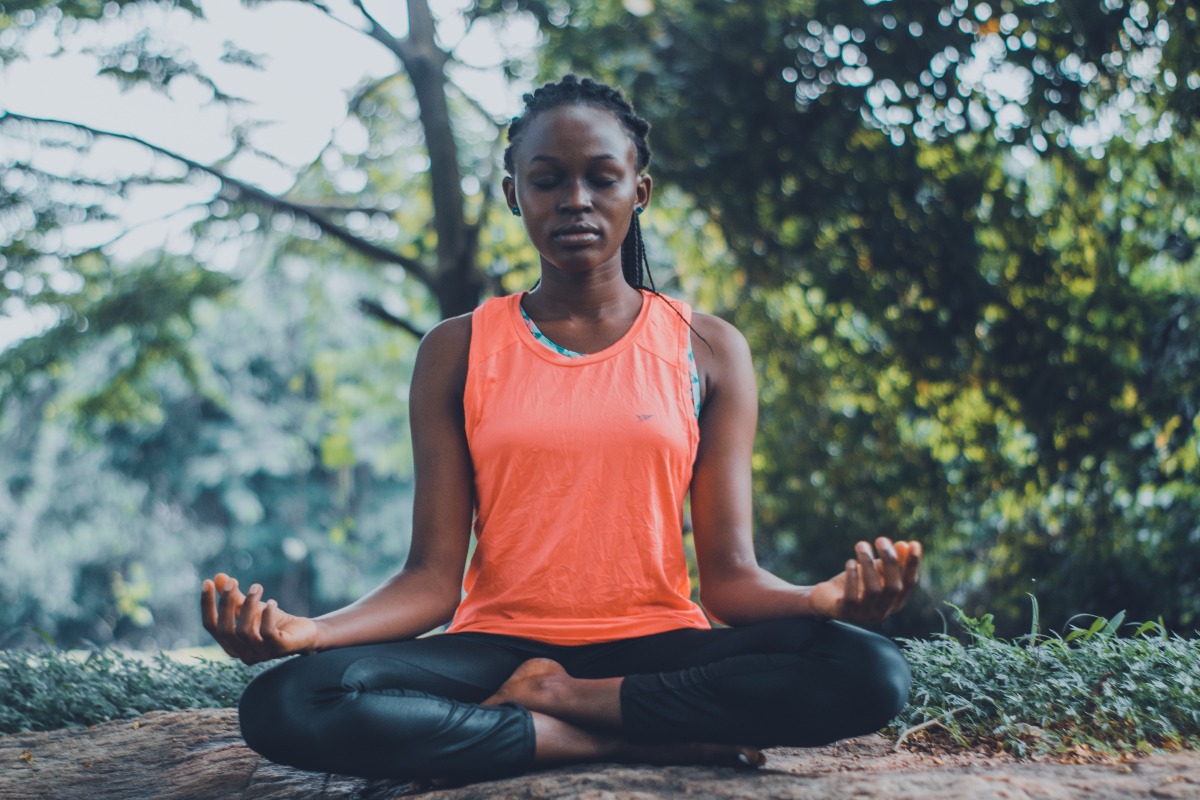
Mindfulness is a technique used in many therapy modalities, including dialectical behavior therapy (DBT), mindfulness-based cognitive therapy (MBCT), and various trauma therapies. The goal of mindfulness is to be fully aware of your thoughts, feelings, and environment without judgment or overreaction. Ideally, this increases your distress tolerance.
Many people with mental health disorders or addiction struggle to implement mindfulness. They might feel like it’s too big of a change. Alternatively, they might feel set in their ways. If you want to try mindfulness, you can incorporate mindfulness practices into your daily routines in smaller, more manageable ways. Let’s explore some options.
Breathing Exercises
One of the simplest ways to use mindfulness is to practice breathing exercises. During mindful breathing, you bring awareness to your chest movement, the feeling of air going through your nose, and the sound of your breaths.
After becoming aware of your breathing, you can change it to match your desired state. You might use box breathing — in four seconds, hold four, out four, pause four, and repeat. Additionally, you can engage in two-four breathing which involves two seconds of inhaling and four seconds of exhaling.
These exercises are supposed to trigger the parasympathetic nervous system, as this lowers the fight, flight, freeze, or fawn (4F) response. No matter which breathwork strategy you engage in, you can use it throughout your day anytime you feel stressed. Moreover, you can set alarms to remind you.
Mindfulness Journaling
The first aspect of mindfulness journaling is normal journaling. You write about anything, including day-to-day events, interpersonal conflicts, or personal values. As you write, you want to stay present and aware of your mind, body, and environment. Write slowly so as not to overwhelm yourself.
Then, after writing for five to ten minutes, you want to write a reflection on the emotions and thoughts you had while journaling. You should try to keep it as nonjudgmental as possible.
Emotional Scanning
Another simple mindfulness exercise you can engage in regularly is an emotional scan. You start by identifying the emotions you feel. Then you bring your focus to your body.
Allow your mind to go from the top of your head all the way down to the bottom of your body. Try to identify where you are holding the emotion and the sensations like muscle tension or heat. Then, slowly try to release the feelings from those body parts.
More Complex Mindfulness Practices
In addition to these more straightforward practices, you might choose a more complex and time-consuming type of mindfulness to incorporate into your daily life. A common form is yoga. You might start by taking a class but then move into solo practices in the morning or at night.
Another method is mindful eating. During this, you eat slowly, bringing your focus to the senses involved in the food. Then, you change the amount you eat, the type of food, or the speed to meet your body’s needs. This can take a bit of practice to get the hang of. However, it can help you recognize your body signals.
If you are coping with addiction or mental illness, you may find yourself needing to change your patterns. Mindfulness is a technique you can use to help keep yourself centered, grounded, and present in the moment. It can also provide you with emotional clarity as you attempt to heal. At The Guest House, we can help you practice mindfulness. Our therapists can work with you on it in individual and group therapy. Additionally, we offer connected breathwork, meditation, and yoga as complementary modalities. Let us help you. Call (855) 483-7800 today.